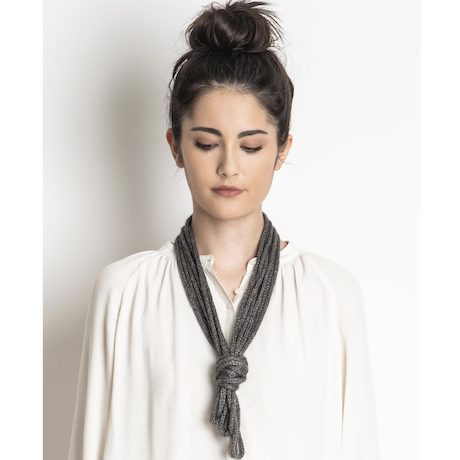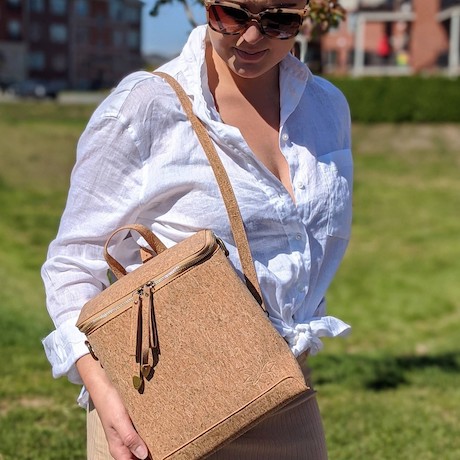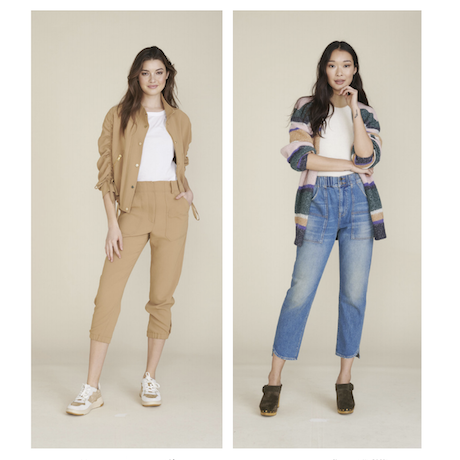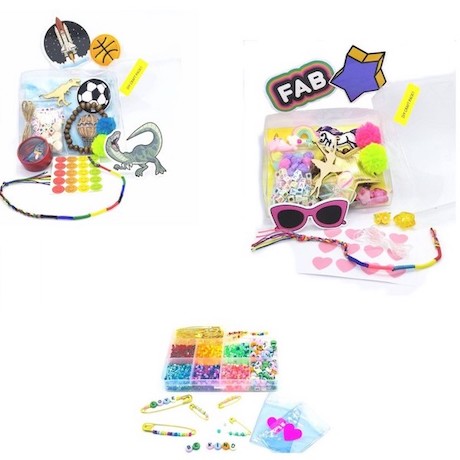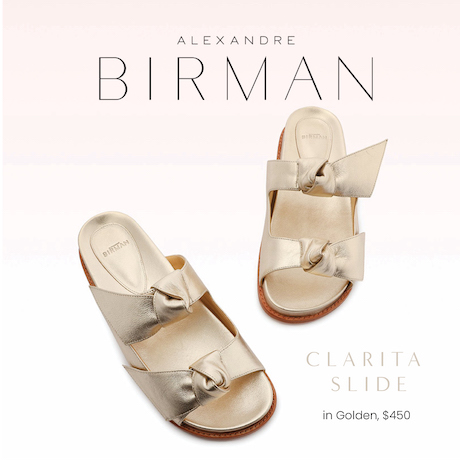animal, vegetable, mineral: know your fibres

We all love our knit fabrics for layering in fall and winter. Whether handknit or machine made, knowing how to care for your fine fibres not only keeps your clothes looking their best but makes them nicer to wear as well! The key to taking care of these garments is knowing more about what they are made from.
Let’s take a look at the types of fibre you might find in your clothing and how to keep each one fresh.
Animal
Whether wool, cashmere, mohair or angora, protein-based animal fibres tend to be lightweight (some are even hollow), springy (they’re great at staying in shape!), and warm. Delicate qiviut, the downy undercoat of the Arctic musk ox, may be as fine as 10 microns in diameter and a mere inch or two in length, while shimmering Suri alpaca’s fabulous fibres can be nearly a foot long!

Angora goats – © fibrespace
So where do all these amazing animal fibres come from? Here are a few kinds you might see listed on your clothing labels.
Alpaca — related to llamas, vicuñas, and guanacos, this South American member of the camel family has been prized for its extremely warm, soft fibre for millennia. The most common breed, Huacaya, has a crimped, fluffy coat, while the rare Suri grows long, lustrous locks. Good quality alpaca fibre averages about 26 microns in diameter — the lower the micron count, the softer a fibre feels. Superfine “baby” alpaca often comes from the first shearing of an animal, while “royal” alpaca at 18-19 microns is even finer than some cashmere. Alpaca is extremely warm and the smooth, dense fibres make for fabrics that tend to stretch rather than hold their shape, so you’ll often find it blended with wool or other fibres — even its coarser cousin the llama!
Angora — the fuzzy fibre from Angora rabbits that made the “sweater girl” look of the 40s and 50s famous. Angora is the third most-produced animal fibre in the world, behind wool and mohair. This lightweight, hollow fibre measures up at a fine 12-16 microns and is often blended with other fibres like wool, since on its own it can be too warm to wear comfortably and is also prone to felting.
Cashmere — the famously fine, soft undercoat of the Cashmere goat, three times warmer than wool. The international standards for cashmere specify that it must average under 19 microns in diameter and at least 1.25″ in length — premium quality cashmere is as fine as 15 microns, ranking with qiviut and vicuña as the finest animal fibres available. The very finest cashmere, Pashmina, comes from a specific breed of Kashmiri goat and is very rare indeed!
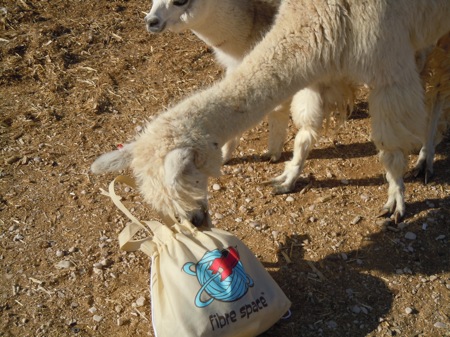
Alpacas – © fibrespace
Mohair — the curly locks of the Angora goat. (Both the Angora goat and Angora rabbit are named after the city of Ankara in Turkey, a major trade center for centuries.) These smooth, durable fibers have a silky sheen and can be dyed in brilliant colors. Finer fibres from younger goats are used for fabrics, while the coarser coats of older goats go to create beautiful carpets. Mohair creates a beautiful “halo” effect when blended with other fibers.
Wool — there are hundreds of breeds of sheep, which makes for a lot of different kinds of wool! Merino is one of the best known sheep breeds, producing long, fine wool ranging from super soft “ultrafine” 11.5 micron diameter fibres all the way up to “strong” 24.5 microns. Wool fabrics are breathable, lightweight, temperature regulating, wick moisture, and are warm even when wet – it’s no wonder wool has been in use for thousands of years!
Caring for your merino or cashmere sweater is as easy as washing your hair! These naturally dirt-repellent fibres benefit from tender loving care. A gentle bath now and again in lukewarm water with a bit of diluted shampoo or a specially formulated no-rinse product like Soak or Eucalan is all they need to stay soft and clean.
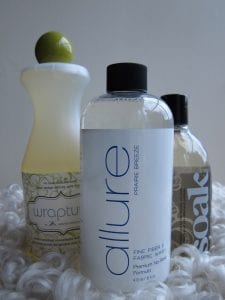
No-rinse washes – © fibrespace
Avoid extreme temperatures and harsh detergents — no scratchy sweaters of yesteryear here, thank you! You’ll want to keep your woolens out of the dryer as well; heat, moisture, and agitation will quickly turn these fibres into felt.
Vegetable
Plants provide fibre for everything from fabric to paper, from luxurious linens to rugged rope. From the stems we get strong, long cellulose-based “bast” fibres like flax, hemp, ramie, and jute, while seed pods produce short, fluffy cotton and kapok. These sturdy fibres tend to be on the heavy side, stretch and wrinkle rather than bounce back into shape, and are often improved with some tough love. Linen, for example, gets softer and more lustrous the more it’s machine washed.
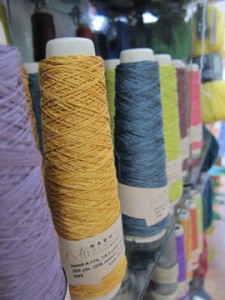
Cotton yarns – © fibrespace
These absorbent fibres generally do well with frequent trips through the washing machine. Check labels for drying instructions, though, to avoid unseemly shrinkage.
Mineral
Man-made fibres come from such varied sources as fossil fuels and plant-derived cellulose — the very first synthetic fibre was invented in the 1880s! Fibres like nylon and polyester are made from petrochemical polymers, while rayon (and its relatives viscose, modal, and lyocell) are made from plant materials like wood pulp or bamboo. New bio-synthetic fibres are being created every day — look for corn, milk, soy, and seaweed fibres!
You’ll definitely want to read the care labels on these high-tech fibres. Some can melt if ironed or washed in very hot water, while some need to stay out of the water altogether.
There’s a big world of fibre out there to explore. Go forth and discover your favorites!
- About the shop
fibre space™ specializes in unique yarns and fibres from hand dyed, independent, local and U.S.-made sources for knitting, crochet & spinning. Enjoy our wide selection of classes, designer workshops, yarn tastings, movie nights & more. Join the community in our comfy lounge, and let the helpful staff at fibre space™ get you started on your next handmade creation!
1319 Prince Street
Alexandria, VA 22314
703.664.0344


